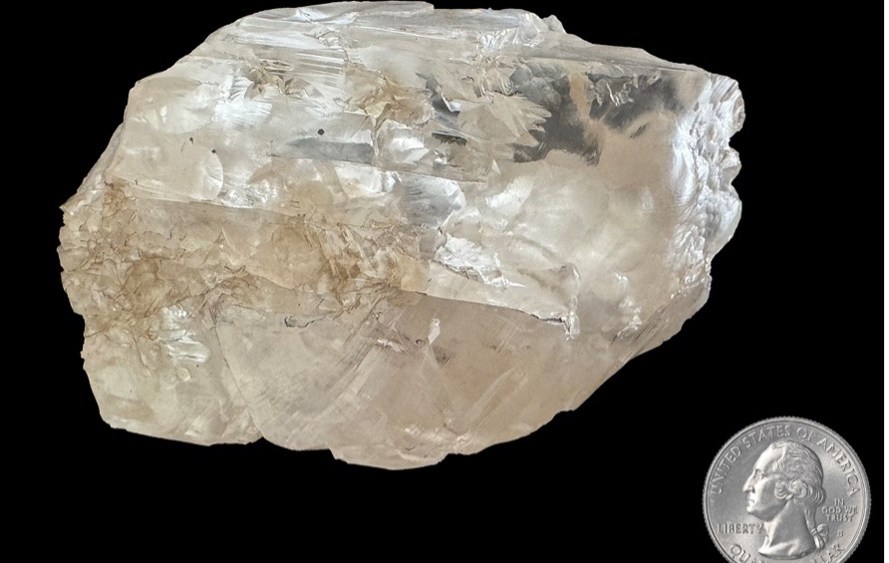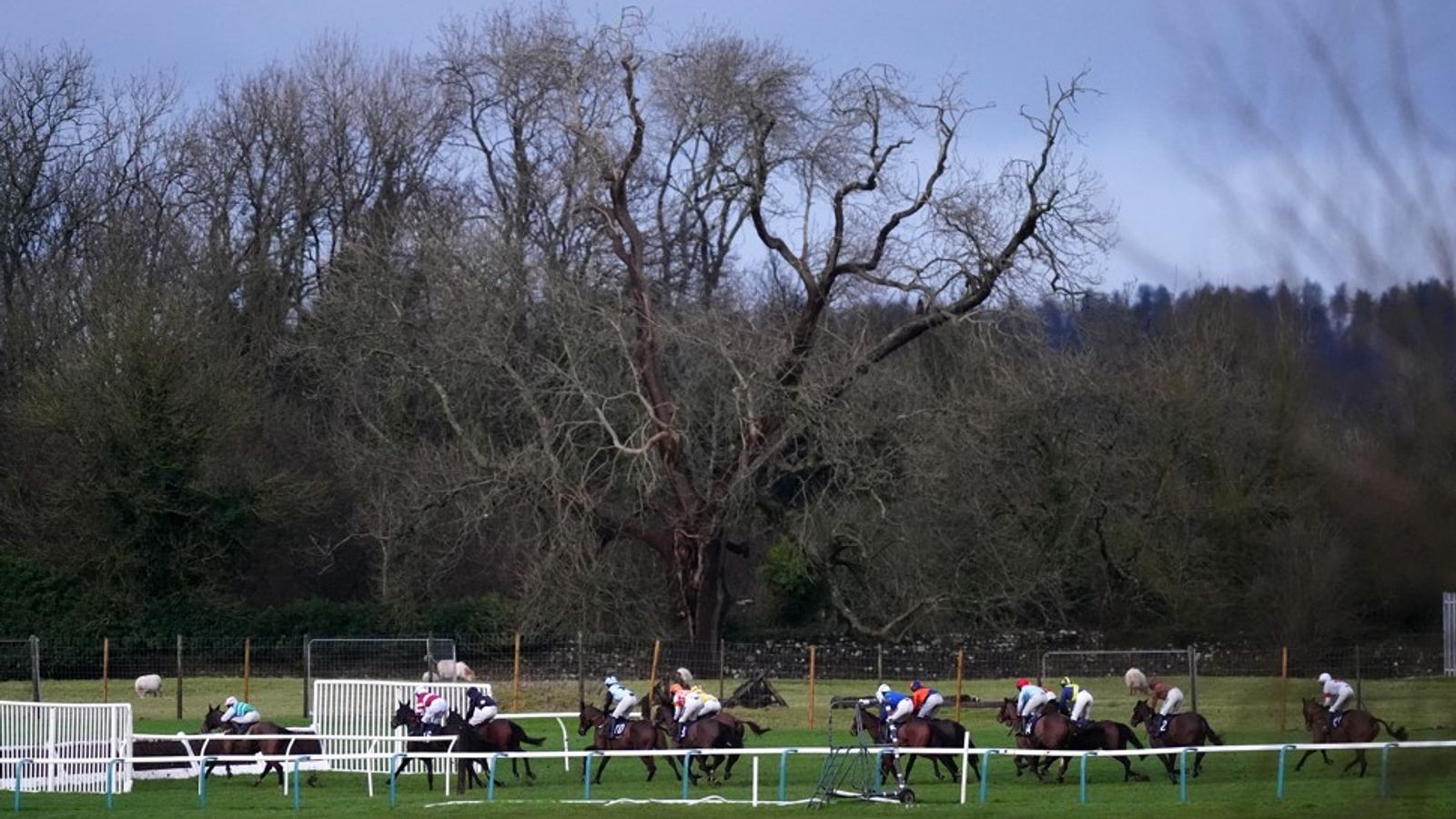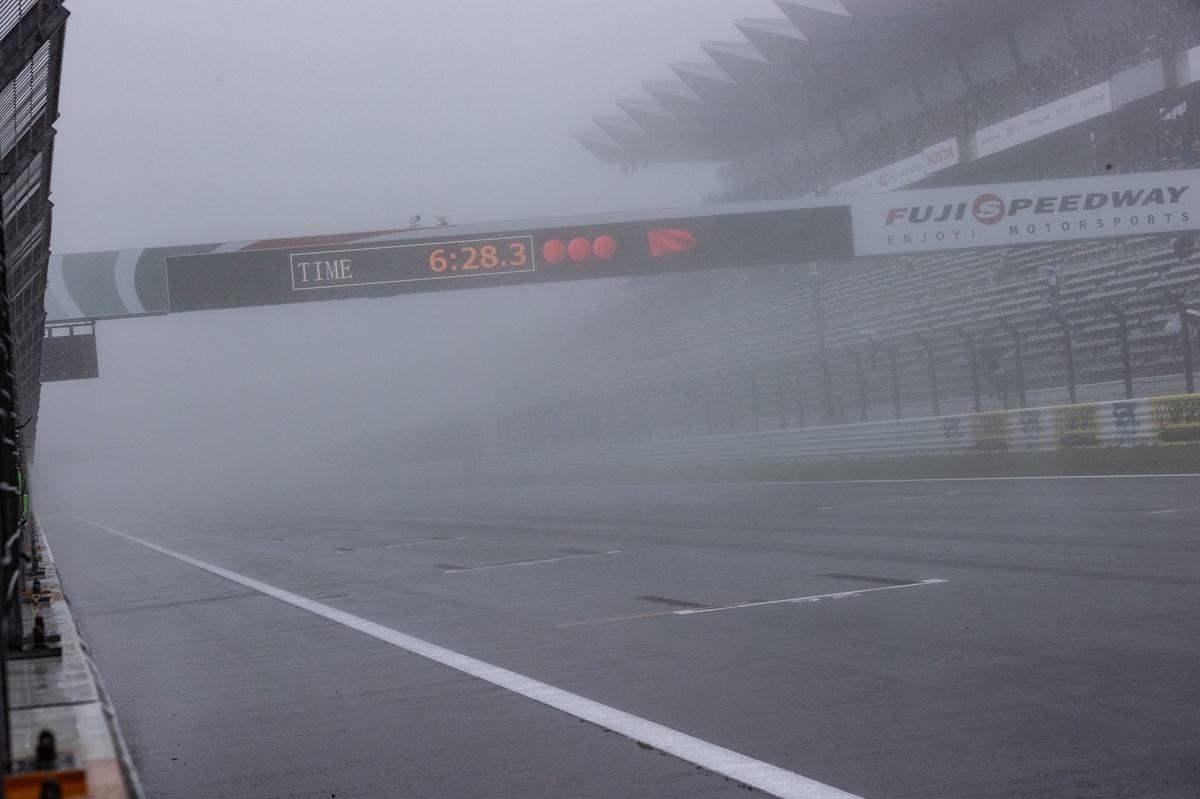
For Tom Moses, it was a peak moment in his career.
“Think of something that’s as big as your closed fist — and it’s a diamond that weighs slightly more than one pound. There’s a sense of overwhelming disbelief and excitement that comes over you,” he said.
Moses, the executive vice president and chief research and laboratory officer at the Gemological Institute of America (GIA), was recounting his experience July 14 and 15 at the institute’s laboratory in Gaborone, Botswana. That’s where he examined the world’s second-largest diamond — the 2,492-carat Lucara Diamond discovered in August 2024 at Botswana’s Karowe Mine, which has a track record of producing rare and large, high-quality diamonds.
GIA, a nonprofit organization, has a team of more than 60 scientists, and more than 2,000 researchers and technical staff providing reports on the properties of diamonds, colored stones and pearls, so dealers, manufacturers, buyers and consumers know the quality of their stones. GIA developed the industry standards for grading diamonds — carat, cut, clarity and color — known as the four Cs, and can also determine if a diamond is natural or man-made. GIA has 11 laboratories around the world.
The historic Lucara diamond discovery electrified the gem industry. The diamond has been named “Motswedi,” which in Setswana, the national language of Botswana, means “water spring.” According to GIA, the diamond weighed 2,488.32 carats (about 1.1 pounds) upon its examination, due to some fragmentation subsequent to the discovery.
The largest diamond ever discovered is the 3,106-carat Cullinan Diamond found in 1905. It was cut into 105 stones, including nine very major ones totaling more than 1,000 carats. Some are in the British Crown Jewels.

Tom Moses examines the Lucara Diamond, renamed the Motswedi Diamond, in its rough, uncut state.
Photo: Wuyi Wang/GIA
Aside from its extraordinary size, Moses marvels at the primeval nature of the Lucara diamond. “The earth is about four-and-a-half billion years old, and we’re holding something that is almost half as old as the planet. Think of the length of time this diamond had to grow. It was likely thousands of years,” he said.
He’s cognizant of how the diamond has brought a sense of national pride to Botswana, spotlighting its significance as a mining country and adding value to the economy. Botswana was once among the poorest countries in the world, but with the growth of its diamond industry since the mid ’60s, its standard of living has become among the highest in Africa. “It’s been an amazing transformation,” said Moses.
The Lucara Diamond discovery has also put a brighter light on natural diamonds, a sector that has been losing some ground to the proliferation of man-made diamonds. “The beauty of it means something to Botswana and its people. It’s created a lot of interest in the entire country, and it’s just exciting to watch that and be part of that,” Moses said.
The diamond is jointly owned by the Lucara Diamond mining corporation and Botswana, and could be sold in its entirety or more likely in pieces, possibly to an auction house, a jewelry brand, to the diamond market in Antwerp, Belgium, or to a museum for display. “No one who is living today has seen a diamond this large,” Moses noted, implying crowds would line up to see it.
After holding the diamond, and experiencing an outpouring of sensations, Moses got down to working on the stone, alongside GIA’s vice president of research and development Dr. Wuyi Wang. They spent hours examining the immense diamond, along with the small fragments that broke off during cleaning and examination by the mining company.
“We found it to be a very pure diamond, virtually 99.9 percent carbon, with something less than five parts per million of nitrogen,” Moses said. “It’s a type IIA diamond, the purest of all diamonds. Type I has nitrogen. Type II has almost no detectable nitrogen, something less than probably five parts per million. Sometimes it might even be as pure as a few parts per billion. Most of the large, important diamonds of the world are type IIa, of the best gem quality — totally colorless and flawless.” (Type IIa is a subset of type II that has neither nitrogen or boron.)
They’re formed 400 to 600 kilometers beneath the Earth’s surface, deep in its mantle, whereas more typical diamonds are formed between 100 and 240 kilometers beneath the surface, Moses explained. “If you had two diamonds, let’s say the same size, with the best color and the best clarity, the type IIA is typically worth more and is more desirable,” Moses said.
“I think what will happen is it will be separated into fairly large pieces that weigh in the hundreds of carats each.”
The extent of the cutting is guided by the crystal itself, and its few “feathers” or fissures across its length. “Once you get into these more manageable pieces, then the planners and the expert diamond manufacturers and polishers will make their determination about how to unlock the beauty of this piece. It will likely produce high clarity diamonds, (meaning) diamonds without inclusions.”
As the diamond gets cut into smaller pieces, Moses expects there will be a range of colors from the diamond, from pale brownish, to very clear, almost colorless stones. The uncut Motswedi diamond is transparent, gem-quality, and displays a light brown color, while the fragments are essentially colorless. The immense size of the diamond along with foreign materials in fractures likely accentuate its brown color, which is basically evenly distributed, according to GIA.
“The fact that the diamond hasn’t already gone on a tour in its uncut state suggests to me that it probably will get cut first,” Moses suggested. “But there will be models of it made from its original state so people will be able to understand what it looked like. The stone has been shown to very few people at this point.”
There’s plenty to be learned from the stone.
“We saw very few inclusions in it. I call them ‘birthmarks’ because they really tell you something about the exact environment in which the diamond formed. The inclusions were entombed, encased in this diamond and preserved. So we have a small sample of the Earth’s deep mantle that has been preserved for a couple of billion years.”
He expects the GIA team to “very carefully remove those inclusions, or very carefully polish them down until we can examine them with analytical equipment that will tell us what the chemistry is, and that will give us an idea what that guest mineral was. Maybe we’ll even find a new mineral and potentially unlock new information about the Earth’s deep mantle, or something about the Earth’s formation. This work has important meaning outside of gems and jewelry.
“Diamonds represent this emotional connection between people,” said Moses. “A diamond is cold and crystalline, but when you hold it, it becomes warmer and warmer and transmits this heat to your body.
“I don’t buy diamonds for myself, but I have bought diamonds for my wife who has told me, it never seems to be enough. She really, really likes diamonds. And she says I have the perfect job,” Moses said. “Some of her diamonds are quite small, some a bit larger, but the ones that I have acquired over the years have colors that are extremely rare.”
#GIAs #Tom #Moses #Examines #Worlds #Secondlargest #Diamond








